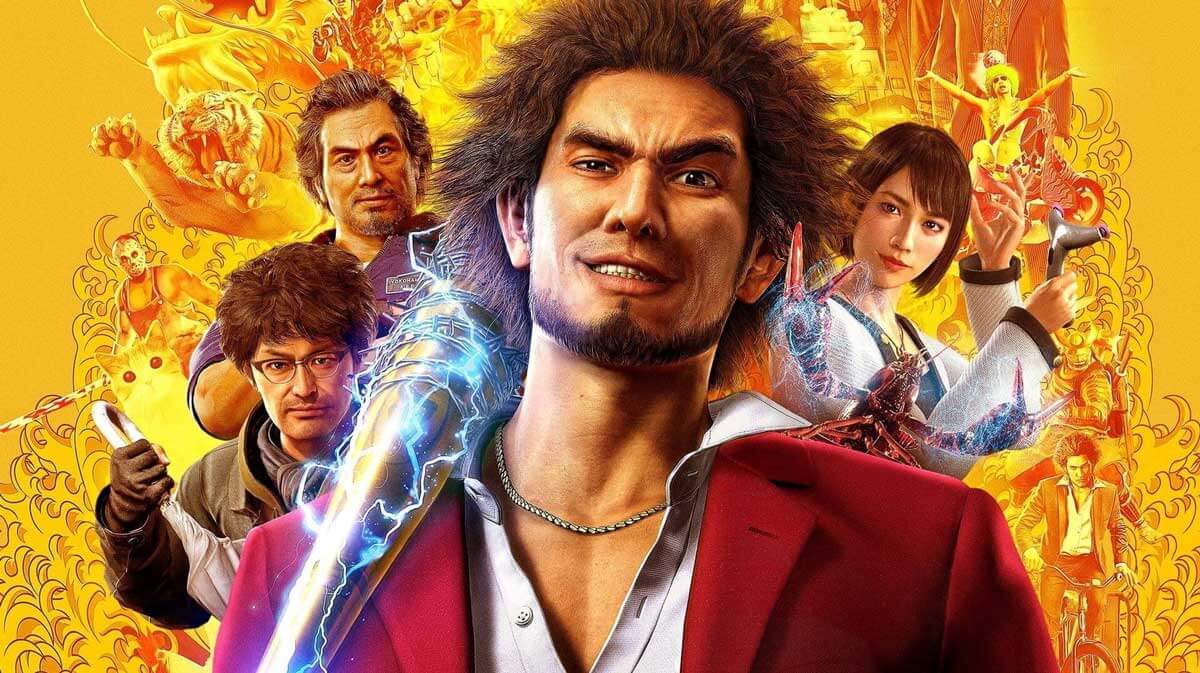If you ask any Yakuza fan about the series, they will tell you the same thing: If you aren’t playing the substories you simply aren’t playing right. Yakuza: Like a Dragon is not so different in that regard as it contains a wonderful mix of humorous, mysterious, and thought-provoking side quests worth exploring, and the one quest we think deserves your full attention while playing the game is the one by the name: Forget-me-Not.
Forget-me-Not is the name of a famous flower that is often tied symbolically with the meanings of Remembrance and Loyalty, Two qualities that define our main protagonist: Ichiban Kasuga and the sacrifices he has made for his mentor and father figure Masumi Arakawa. However, it seems that like any other human, his mind is struggling hard to keep up with the regrets that accompanied his decisions, and the weight of his convictions.
Yakuza: Like a Dragon is now available for PS5, PS4, Xbox Series X|S, Xbox One, and PC. The game is also now playable for all Xbox Game Pass subscribers.
Yakuza: Like a Dragon: Forget-Me-Not Substory
The substory Forget-me-not occurs after reaching Chapter 9 of Yakuza: Like a Dragon main story in Yokohama. Players will have to unlock the east area of Le Nouveau Hama, and then they will find a girl in a one-piece white dress standing east of the area. Walking past the girl will is enough to trigger the side quest, but keep in mind you don’t earn anything from it except a big boost in your kindness state, and a memory that will last with you for the remainder of the game.
Coming into Terms with the Past

First of all, a lot of praise can be handed for the amount of foreshadowing that leads to the ending of the quest. Many hints like the waiter’s reactions, the camera zooming in on the orange juice and the girl not wanting to hold anything in her hands, all points out how Ichiban is actually talking to himself and that the girl is no more than his imaginary friend. It left players wondering about the true identity of this girl and why she came back.
The girl mentions at the first meeting that Ichiban saved her from assault, and now her dead spirit came back to thank him, but the details she mentions later about his dressing habits contradict that, since how she could have known all these details if she only met him once? The answer to that is a bit more complicated if we consider Ichiban’s overactive imagination and the many years he spent in isolation at the prologue of Yakuza: Like a Dragon.
The first thing Ichiban says when he meets the girl was that he thought no one gave a damn about him and that it brings a tear to his eyes. It sets the tone for the whole theme behind every action that transpired there, and how it’s all about coming to terms with his past. First of all, he contemplates his new changed look and how it’s vastly different after 18 years, but the girl self asserts him and says he has always looked handsome in her eyes.
At the restaurant, he is again wallowing in grief about his old age and his inability to eat anything too fatty, but the girl argues that growing old and changing is a wonderful thing. It gives us another glimpse at her true identity, but the true event that settled it was when he saved her again from thugs, and she thus reconfirmed again that Ichiban was her one true hero, even after all these years.
The Ghost Girl’s Identity

The way I see it, Ichiban had never really come to terms with how took the fall for Arakawa. If it weren’t for that, Ichiban would have lived a normal life out of prison, but because he moved on by his self-righteousness, he only suffered. The girl talks about in the end about the circumstances of her birth, and that she only could listen to his voice, then started to open up to him and observe him throughout the seasons. It’s like she was there with him all the time he spent growing up.
It’s not a secret now that this girl is a figment of his imagination, born as a representation of his mental integrity. Even if he doesn’t know whether he would live or die, or if someone actually cares about him, he would still believe he did the right thing, and that whatever happens, he will always put himself first for the sake of others. In that way, the girl never really hates him, and accepts everything about him, and that despite his changed looks and age, he is the same on the inside.
In other words, it’s Ichiban accepting himself. The girl’s looks might be tied to the girl he saved at the beginning of the story, or a resemblance of how he never really moved forward from his regrets, and that’s why she is unable to grow up, but now she is able to move on after meeting him all grown up. Many Japanese spirits often resemble sentimental aspects about people, and appear in the shape of the feelings or wishes they treasure the most, so it might also be a representation of how he thinks about others’ perception of him.
It all ties well with how he loves to be a hero, and help others. It’s the only thing that kept him going and defined his character, in addition to drawing other people to his kindness and charisma. Even if Ichiban suffers all his life, he will never really regret or change the genuine sentiments he held inside himself for keeping others safe. The girl finally leaves because Ichiban doesn’t need any more self-assertion or confidence, as his friends are with him now, and he is not lonely or wandering anymore about whether anyone loves him or not.
